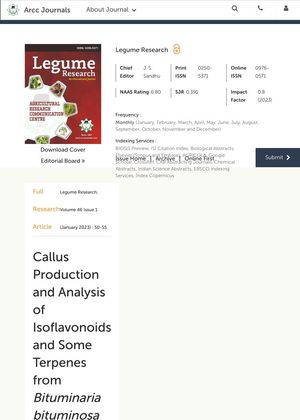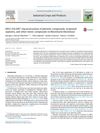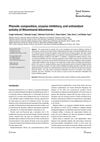Callus Production and Analysis of Isoflavonoids and Some Terpenes from Bituminaria Bituminosa
October 2022
in “
Legume Research
”

TLDR The research found a way to grow plant tissue and analyze compounds in Bituminaria bituminosa, which is promising for hair restoration treatments.
The study developed a protocol for callus induction and analysis of isoflavonoids and terpenes from Bituminaria bituminosa, a plant used in folk medicine for hair restoration. The highest callus induction frequency was observed on Murashige and Skoog (MS) medium supplemented with 0.75 mg/L 2,4-D + 2.5 mg/L kinetin in young primary leaves. This medium was also more successful in producing flavonoids and phenols. For terpene production, the most successful medium was 1.25 mg/L 2,4-D+3.5 mg/L BAP. The plant contains nearly 150 secondary metabolites, exhibiting significant medicinal activities. The study found that using kinetin as three times of 2,4-D produced positive results in in vitro isoflavonoid production. The extracts from callus cultures showed the presence of daidzein (2.88 mg/g FW). The study concluded that B. bituminosa may be an essential plant for catalpol production.


